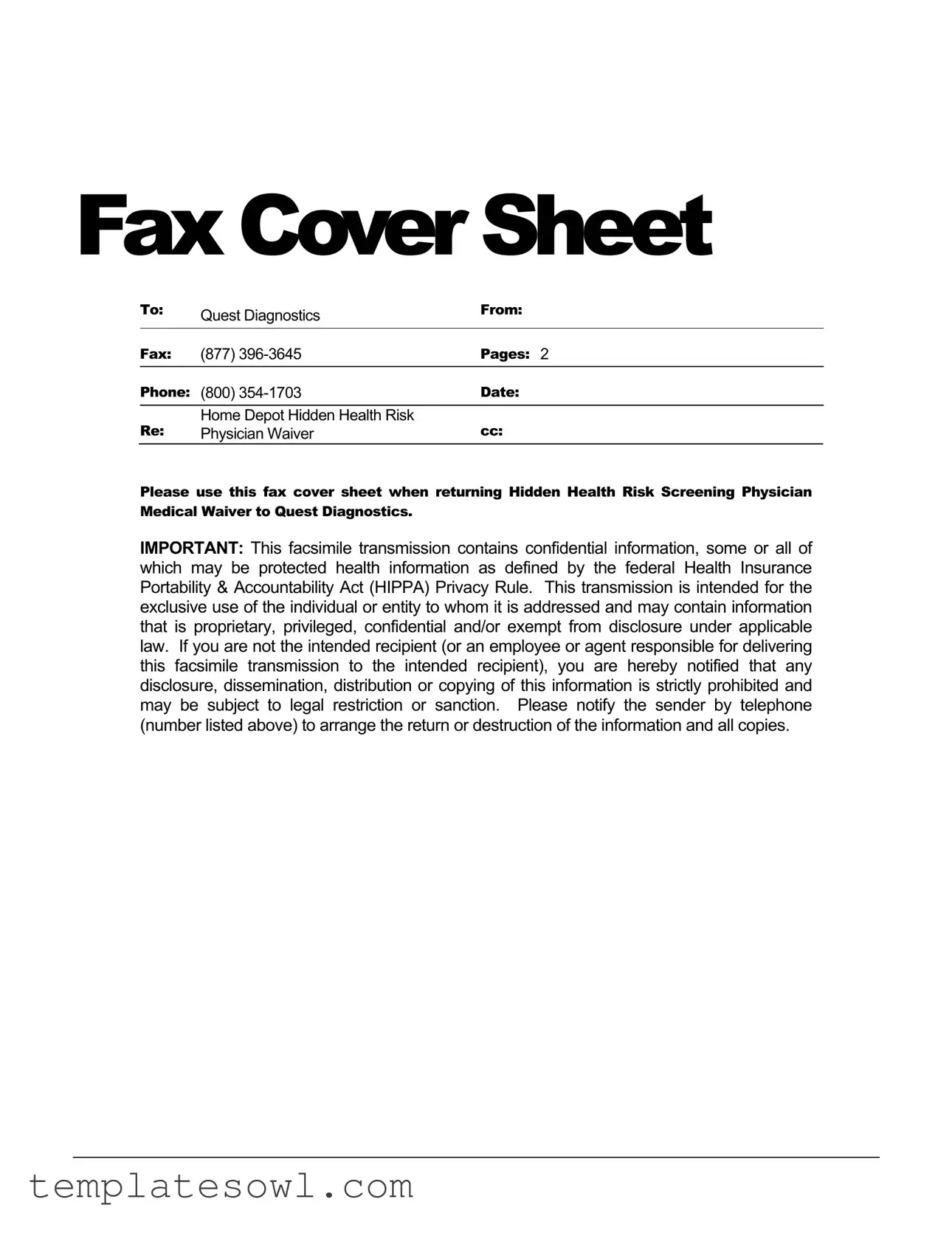What is a Fax Cover Sheet?
A Fax Cover Sheet is a document that accompanies a fax transmission. It provides essential information about the sender and the intended recipient. The cover sheet typically includes who is sending the fax, their contact information, and a brief note about the contents of the fax. It serves as a helpful introduction, ensuring the recipient knows precisely what to expect when they receive the fax.
Why is the Fax Cover Sheet important?
The Fax Cover Sheet adds professionalism to your communication. It ensures that your fax is correctly directed to the right individual. Importantly, it also emphasizes the confidentiality of the transmission, protecting sensitive information and making it clear that unauthorized access is prohibited.
What information do I need to fill out on the Fax Cover Sheet?
You need to include your name, your USAA member number, the name of the recipient, any relevant notes, and the USAA fax number. Additionally, it’s essential to indicate the total number of pages being faxed, including the cover sheet itself. This information helps ensure your fax is clearly understood and properly handled.
What is the confidentiality notice for?
The confidentiality notice is a legal alert designed to protect the information contained in the fax. It indicates that the information is confidential and may carry legal privileges. This notice has significant implications; if someone receives the fax in error, they must not read or distribute its contents, as doing so is prohibited and could lead to legal consequences.
What should I do if I receive a fax meant for someone else?
If you receive a fax not intended for you, the first step is to notify the sender immediately. You should do this by telephone. Informing the sender allows them to rectify the situation, typically involving arranging a return of the fax at no cost to you. It's crucial not to read, copy, or distribute the information, as doing so could violate confidentiality agreements.
Can I send a fax without a cover sheet?
What if I need to resend a fax?
If you're resending a fax, it's advisable to include a new cover sheet. This ensures that the recipient knows it's a resend and helps them keep track of the information. Always double-check the previous details before resending to confirm any necessary updates or corrections are made.
How can I ensure that my fax is received safely?
To ensure safe receipt of your fax, make sure you have the correct fax number and double-check it against any previous correspondence. Including a cover sheet adds an extra layer of professionalism and clarity. It’s also a good idea to follow up with the recipient after a short time to confirm that they received it properly.
Where can I get a Fax Cover Sheet form?
You can create a Fax Cover Sheet easily using templates available online or through office software. Many organizations, like USAA, provide their fax cover sheet templates. It’s also possible to find printable cover sheets on various websites, which you can fill out with the required information before transmitting your fax.
Is there a standard format for a Fax Cover Sheet?
While there isn’t a strict standard format, most Fax Cover Sheets follow a similar layout. They typically include fields for sender and recipient information, a section for notes, and a confidentiality notice. The most important aspect is clarity and ensuring all essential information is presented concisely.

